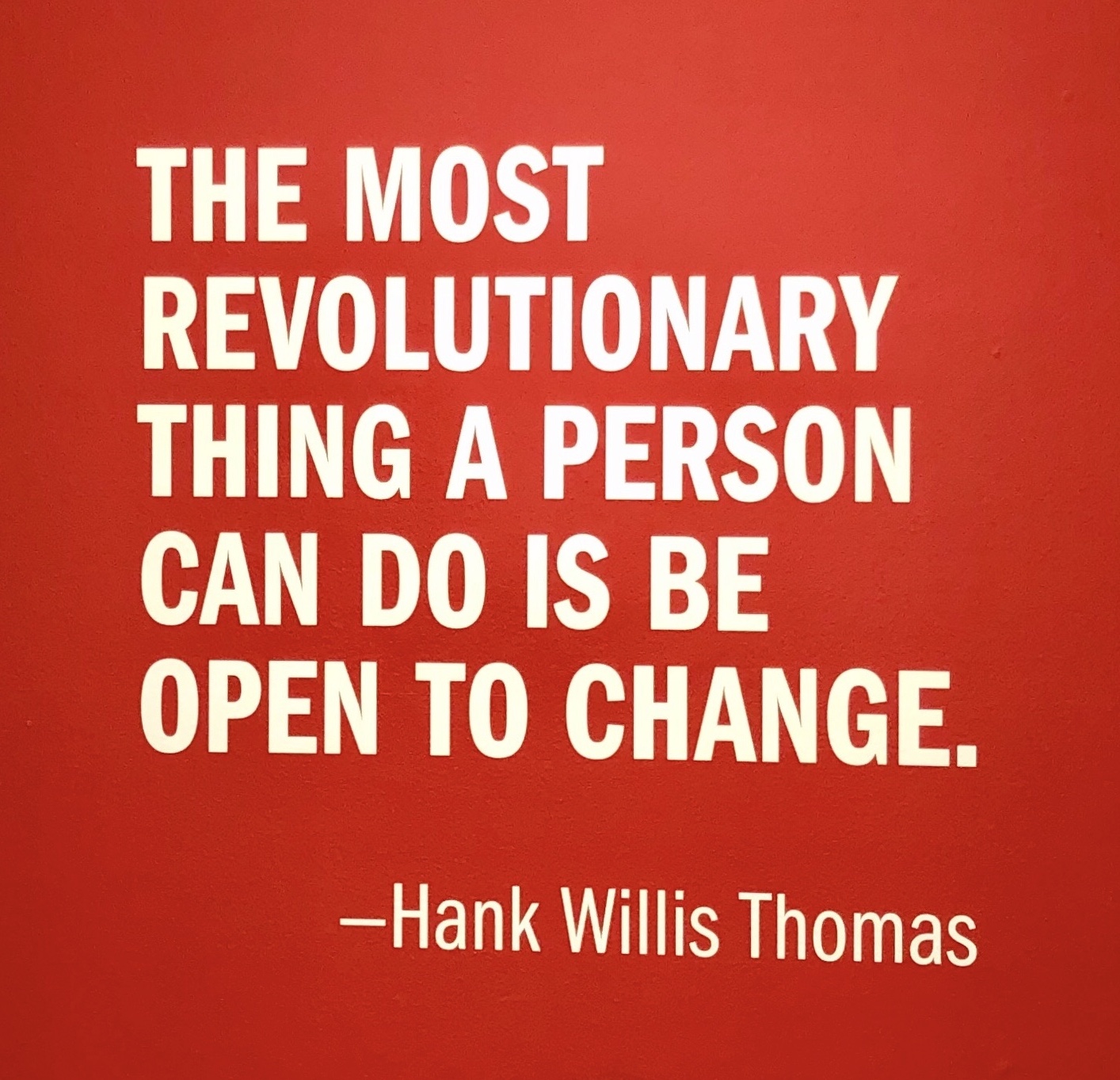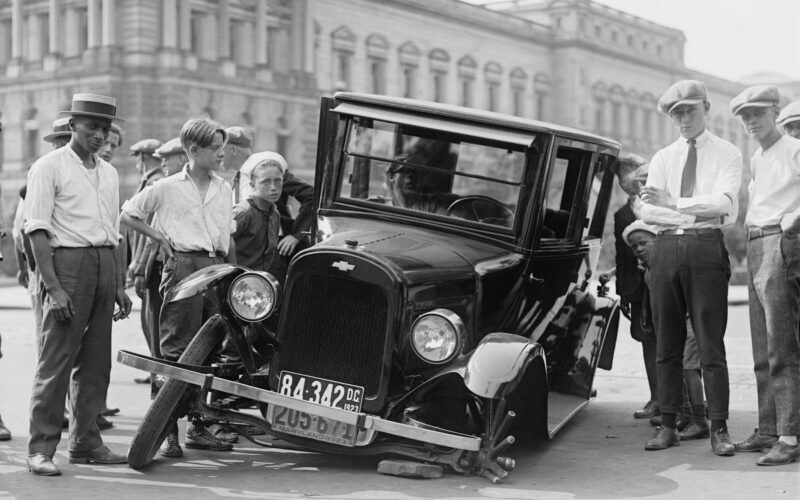“I don’t divide the world into the weak and the strong, or the successes and the failures…I divide the world into the learners and the nonlearners.” Benjamin Barber
As I was being introduced at a recent speaking engagement I had an “iffy” feeling in my stomach. That feeling had actually been building for the hour or so before I started my talk. Something was welling up in me about this particular group; I had a growing uncertainty that my message and their interests were not well matched. Assured though I was by the coordinator of the event that my topic would be well appreciated, once I was on scene that was not my read of the situation. And yet, there I was and it was time to go to work.
It would be unfair to describe this group as “hostile.” They were really just skeptical or, as time would prove out, uncertain and maybe just curious in a removed sort of way. That they felt “hostile” to me is less indicative of them and more indicative of the mindset I was holding when I engaged them. My first pangs of doubt, my intuitive sense of being too much an outlier for their liking, set my judging, evaluative and critical self into high-gear. As Carol Dweck describes it in her terrific book, Mindset: The New Psychology of Success, I was in the grip of my fixed mindset, allowing my negative feelings to evolve into a full-blown perception of the event as a test of my worth.
As I began to talk the first thing I noticed was that I was talking too much. My pacing was off. I was serious and stilted. I also noticed that I most definitely was not saying what I had planned to say. I heard myself making very strong and rational arguments that were doing nothing to endear me to this crowd whose negative judgment was surely coming, hastened rather than slowed by my own doing. Most importantly, the physical realities of my mindset were uncomfortably present: dry mouth, rigid posture, racing mind. These rarely show up when I speak – it’s been a while since I felt them this acutely – but my concerns about this event brought them fully forward.
Carol Dweck’s alternative to the fixed mindset is the growth mindset. This is the mindset of learning, of openness and of good old-fashioned hard work. It’s the mindset that says our abilities and impact are not fixed in time but rather capable of expansion commensurate with our willingness to do the work. The growth mindset relishes experience, learning from failure and progression rather than fear, judgment and loss. It’s alive with possibility rather than dulled by the inertia of perfectionism. It is what Ben Zander (please read The Art of Possibility) teaches his orchestra players to say when they make a mistake: “How fascinating!” (There’s a lot more possibility in that than in: “How stupid!”)
Interestingly, when I first read Dweck’s work I felt ashamed that in the instance of this talk, and a lot of the time, I default to the fixed mindset. In and of itself that feeling of shame is indicative of the fixed mindset.
What if I had simply challenged myself to get as curious as possible about the uncertainty I was feeling? What if I had detached myself from judgment and considered what I might learn from speaking in a “hostile” environment? What if I had chosen to make my feelings as present as possible and considered how I might use them in service of the experience rather than continue to fight them?
For 40 minutes or so, I fought the doubt, the fear and the self-judgment. It wasn’t my best work but it was enough to get me back on solid ground. Finally, I hit my stride. And, guess what? The talk hit the mark. They engaged, they appreciated and they even, dare I say it, got inspired. They just needed time. And so did I.




